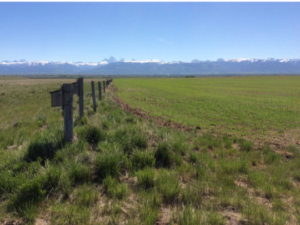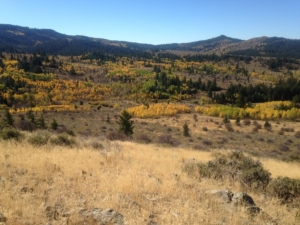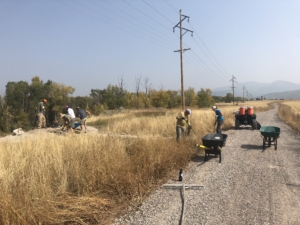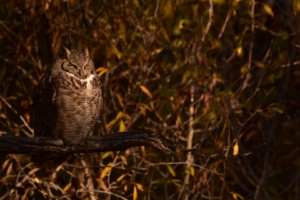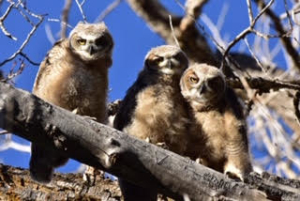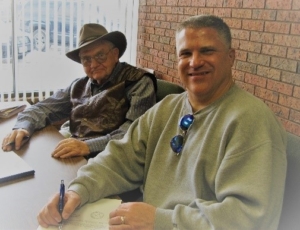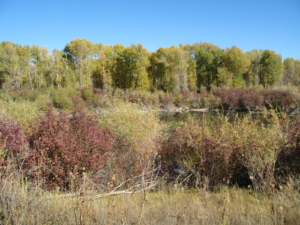Teton Regional Land Trust partners with landowners to conserve over a mile of creek frontage along Bitch Creek
Teton Regional Land Trust (TRLT) and the Fosdick family recently completed a 183-acre conservation easement that protects over a mile of frontage along Bitch Creek in Fremont County, Idaho just north of the Teton County border. This property borders a conservation easement on the south side of the creek that the Fosdicks placed under easement with the Land Trust in 2005, resulting in both sides of Bitch Creek being protected in perpetuity along this stretch. Both easements have been donated by the Fosdicks. “Since coming to Teton Valley in 1988 we knew that this was a place that we wanted to be a part of and preserve,” said Debbie Fosdick. “To have a conservation easement in place to protect the property, waters, and wildlife corridors gives us the assurance that this protection is in place. With the possibility of increasing development, David and I knew that putting the additional acreage located in Fremont County was important. To have both sides of that part of the Bitch Creek corridor in a conservation easement would help ensure preservation of what we both value. Hopefully, other landowners might join us.”
The Land Trust would like to recognize the Heart of the Rockies Initiative and Liz Claiborne and Art Ortenberg Foundation for providing funding support for this project.
Several factors led to this property having significant value as a conservation easement. In addition to bordering the Fosdicks’ first easement, it also lies in close proximity to other conserved private and public lands to the west and south. Part of the property is dry farmed in barley, lending it agricultural value. The land also has scenic value, as its beautiful terrain, a combination of rolling hills and canyon walls, can be viewed from the Bitch Creek bridge on Highway 32.
A combination of various ecological features form key habitat for many species. Vegetation along the steep canyon slopes includes dense conifer and juniper, while the rolling terrain contains a mixture of sagebrush, bitterbrush, aspen stringers, and grasslands. These vegetative communities provide invaluable open space for migrating big game including moose, white-tailed deer and mule deer. Mule deer migrating west over the Teton Mountains into Idaho specifically rely on this area along Bitch Creek for migration and wintering habitat. Many raptor species such as Bald and Golden Eagle, as well as multiple bat species utilize the rocky canyon walls that span the edge of the property leading down to the creek. The presence of multiple grouse leks in the area indicates that the property is a breeding ground for Columbian sharp-tailed grouse. Finally, native Yellowstone cutthroat trout in Bitch Creek will benefit from the protection of this property.
“We are grateful to the landowners for generously conserving over a mile of both sides of the Bitch Creek canyon, protecting the area not only for wildlife and agriculture, but also for spectacular scenic views,” said Land Protection Specialist Renee Hiebert.
“The Teton Regional Land Trust has been so professional, so helpful, and tireless in making this second easement happen,” said the Fosdicks. “We cannot say enough good things about their staff and efforts.”
Conservation of the Fosdick property builds on the protection of already conserved habitat and working lands that benefits both people and wildlife. For 32 years, the Land Trust has worked with partner organizations and willing landowners to protect nearly 40,000 acres in eastern Idaho through conservation easements and other voluntary conservation options.
